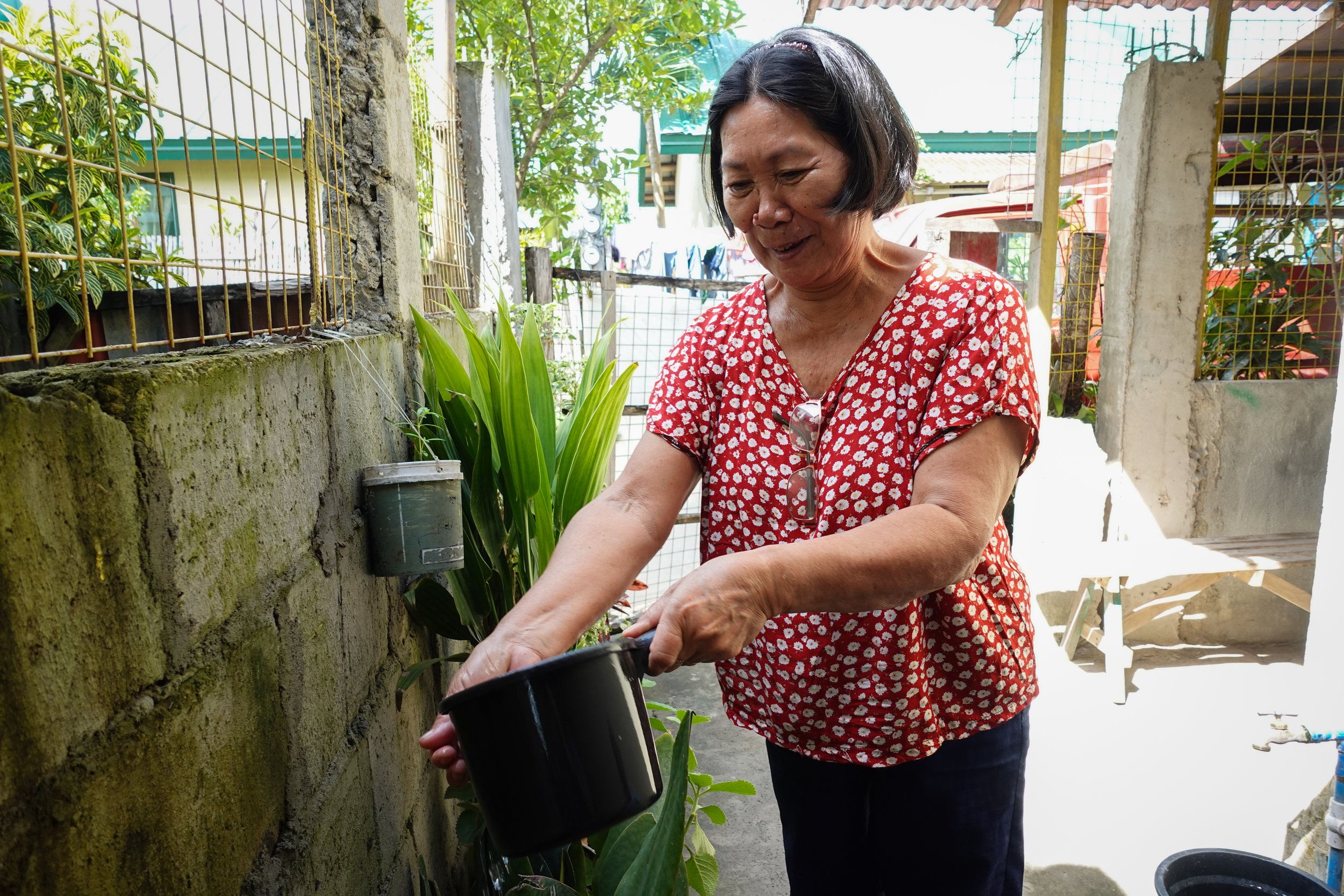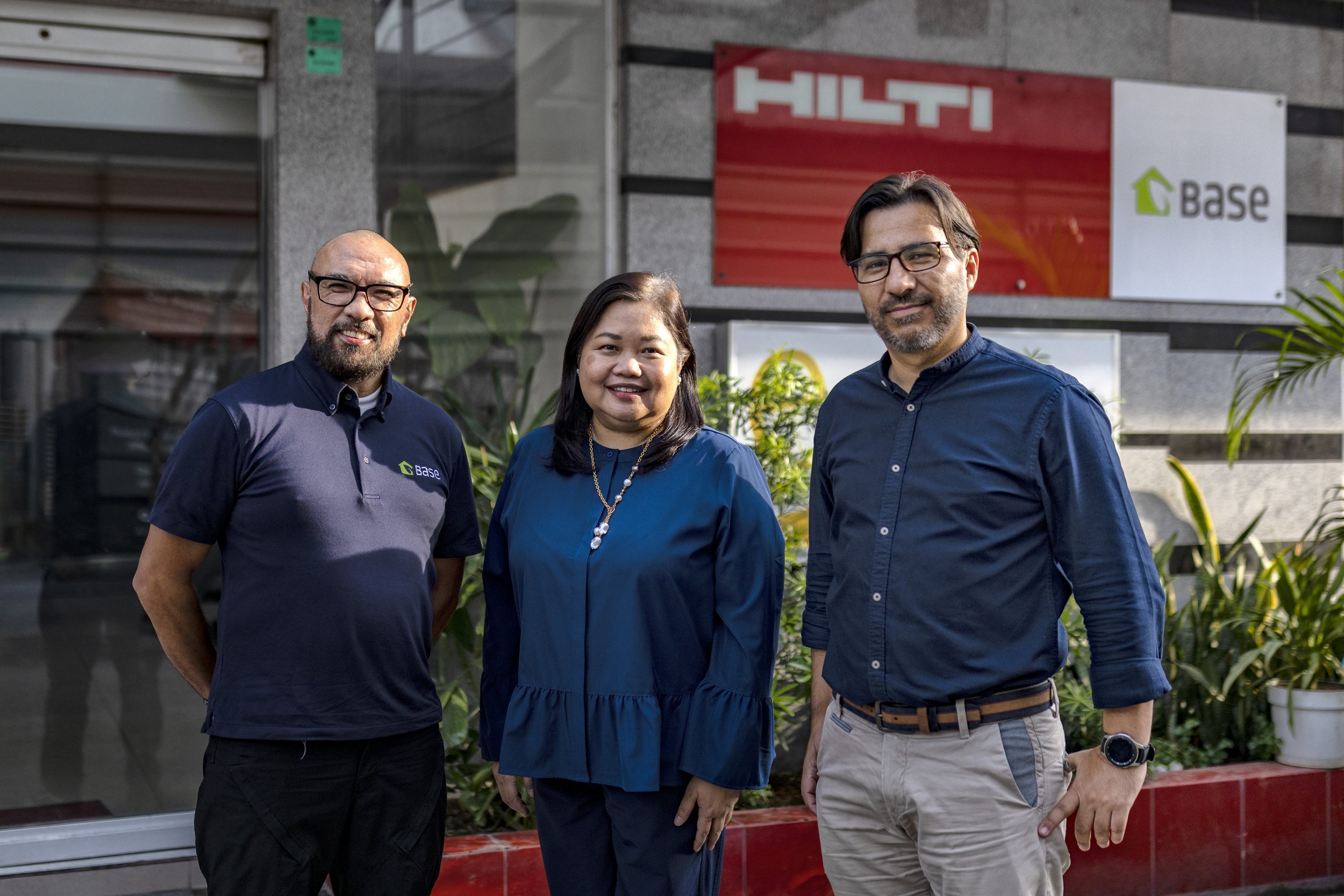
Explore real stories, groundbreaking technologies, and impactful solutions to the global housing crisis.
Safe Homes, Better Futures
Through Innovative Housing Solutions

The global housing crisis:
More than just a shortage
The world is facing an unprecedented housing crisis. By 2030, an estimated 3 billion people will be living in inadequate housing, nearly doubling the current 1.6 billion who already lack safe and secure shelter. This crisis is not merely a matter of quantity but of affordability, quality, and resilience.
In urban centers, skyrocketing land prices and lack of regulation have fueled the growth of informal settlements. In rural regions, marginalized communities struggle to access financing, materials, and skilled labor.
A house isn’t just four walls - it’s safety, health, and a chance to break free from poverty
When families lack safe housing, the impacts ripple through generations:
Children miss school during heavy rains that flood their homes. Parents lose workdays to repair damaged structures. Entire families face constant health risks from inadequate sanitation and ventilation. Each passing storm brings the fear of losing everything.
Yet within this challenge lies an opportunity for transformation.
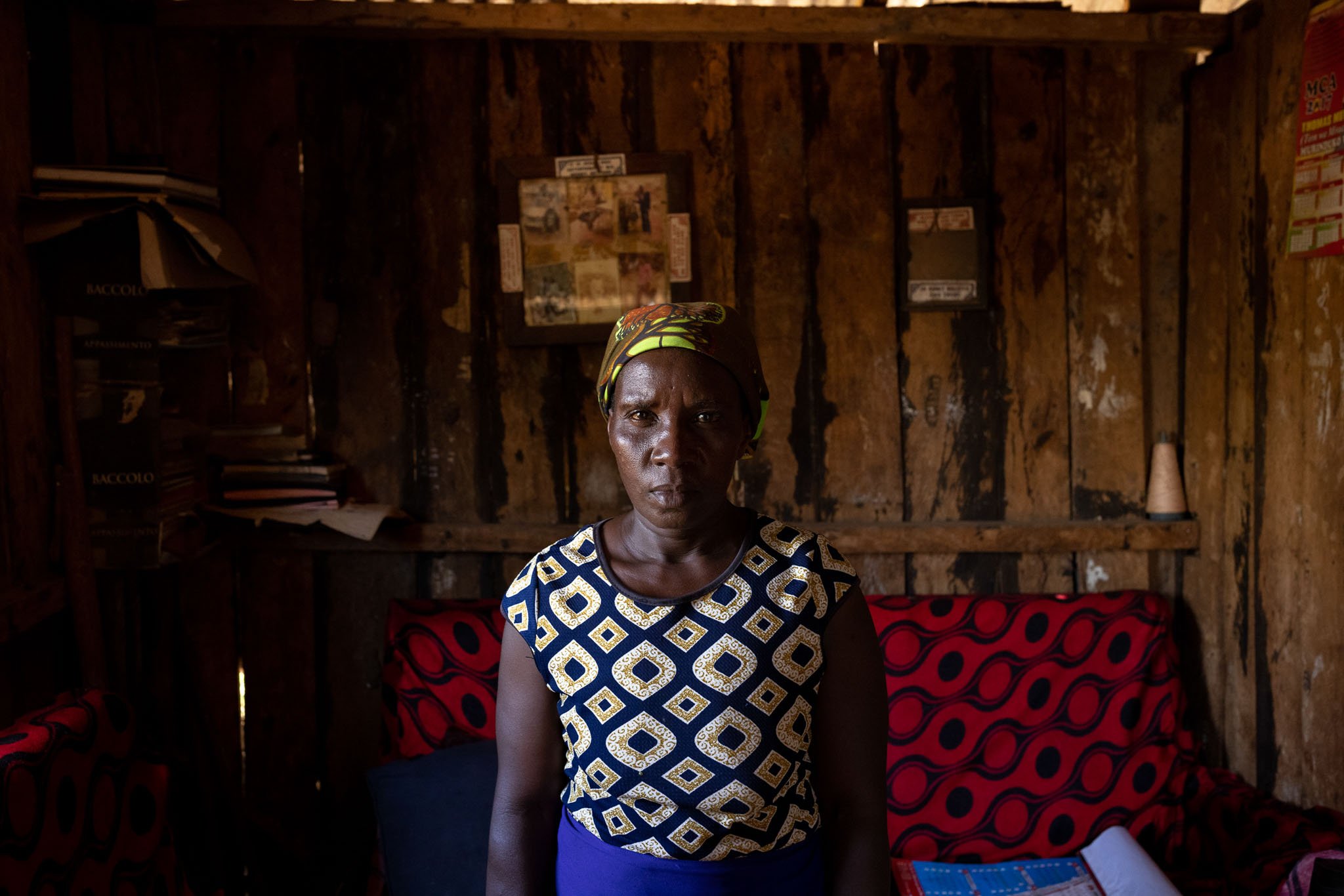
The root causes:
A systemic failure
The crisis stems from multiple interlinked factors:
Unplanned Urbanization – Cities expand faster than infrastructure and housing supply can keep up.
Lack of Affordable Financing – Traditional banking systems exclude low-income families from home loans.
Weak Government Policies – Many nations lack strong regulations or incentives to promote sustainable housing development.
Environmental Vulnerabilities – Climate change intensifies disasters, disproportionately affecting those in substandard housing.
Without intervention, millions will remain trapped in poverty, exposed to unsafe living conditions, and cut off from economic opportunities.
But solutions exist, and they are already transforming lives.
Innovative Housing Solutions:
What works and why
The urgency of the housing crisis has sparked a wave of innovative, sustainable, and community-driven solutions. From alternative building materials to inclusive financing models, these approaches are reshaping how we think about housing.
-
Traditional concrete and steel are costly and environmentally taxing. In response, organizations are turning to locally sourced, renewable materials like:
Bamboo – Strong, fast-growing, and earthquake-resistant, used in Cement Bamboo Frame Technology (CBFT), already providing over 1,400 homes in the Philippines and Nepal.
Recycled Plastics – Companies like Green Antz Builders in the Philippines are converting plastic waste into durable bricks and construction panels.
Prefabrication – Factory-built housing reduces costs and increases efficiency while maintaining high-quality standards.
These methods lower construction costs, reduce carbon footprints, and create jobs within local economies.
-
Owning a home is out of reach for many simply because of financial barriers. Solutions to bridge this gap include:
Microfinance & Incremental Building – Families build their homes in stages, securing small loans to upgrade their housing step by step.
Public-Private Partnerships – Governments, NGOs, and private lenders collaborate to provide low-interest home loans. The Terwilliger Center for Innovation in Shelter has unlocked $7.9 billion in affordable housing financing.
Shared Ownership & Community Land Trusts – Homeowners buy homes at subsidized rates, with resale profits reinvested to keep future housing affordable.
These initiatives empower families to become homeowners, break the cycle of poverty, and stimulate local economies.
-
For families in areas prone to earthquakes, typhoons, and floods, housing is not just about comfort—it's about survival. Innovative approaches include:
Seismic-Resistant Designs – In Peru, 80% of homes are built informally, leaving them vulnerable to earthquakes. The Viviendas Progresivas (VIPRO) Project focuses on structurally sound, affordable homes
Disaster-Resilient Construction – Bamboo-based homes withstand typhoon winds up to 300 km/h, providing a sustainable alternative in regions like the Philippines.
Community Training & Capacity Building – Homeowners are trained in construction techniques, ensuring homes remain safe, durable, and easily repairable.
These housing solutions not only provide shelter but save lives.
RESEARCH BLOCK
Beyond Housing:
A holistic approach to development
A home is not just a structure—it is the foundation for health, education, and economic opportunity. Effective housing initiatives consider:
Health – Adequate housing reduces exposure to respiratory diseases, waterborne illnesses, mental health stressors, and the devastating impacts of natural disasters.
Education – Stable homes enable better school attendance and learning outcomes for children.
Economic Mobility – Secure homeownership provides financial security and job opportunities, breaking intergenerational poverty cycles.
To drive long-term change, housing solutions must integrate urban planning, legal reforms, and employment opportunities.
Our housing activities
Editorial after outset
then clusters of Key areas
with overview of stories
What are common topics of stories that we can cmobnine into a lead
A better future for Manila's garbage collectors
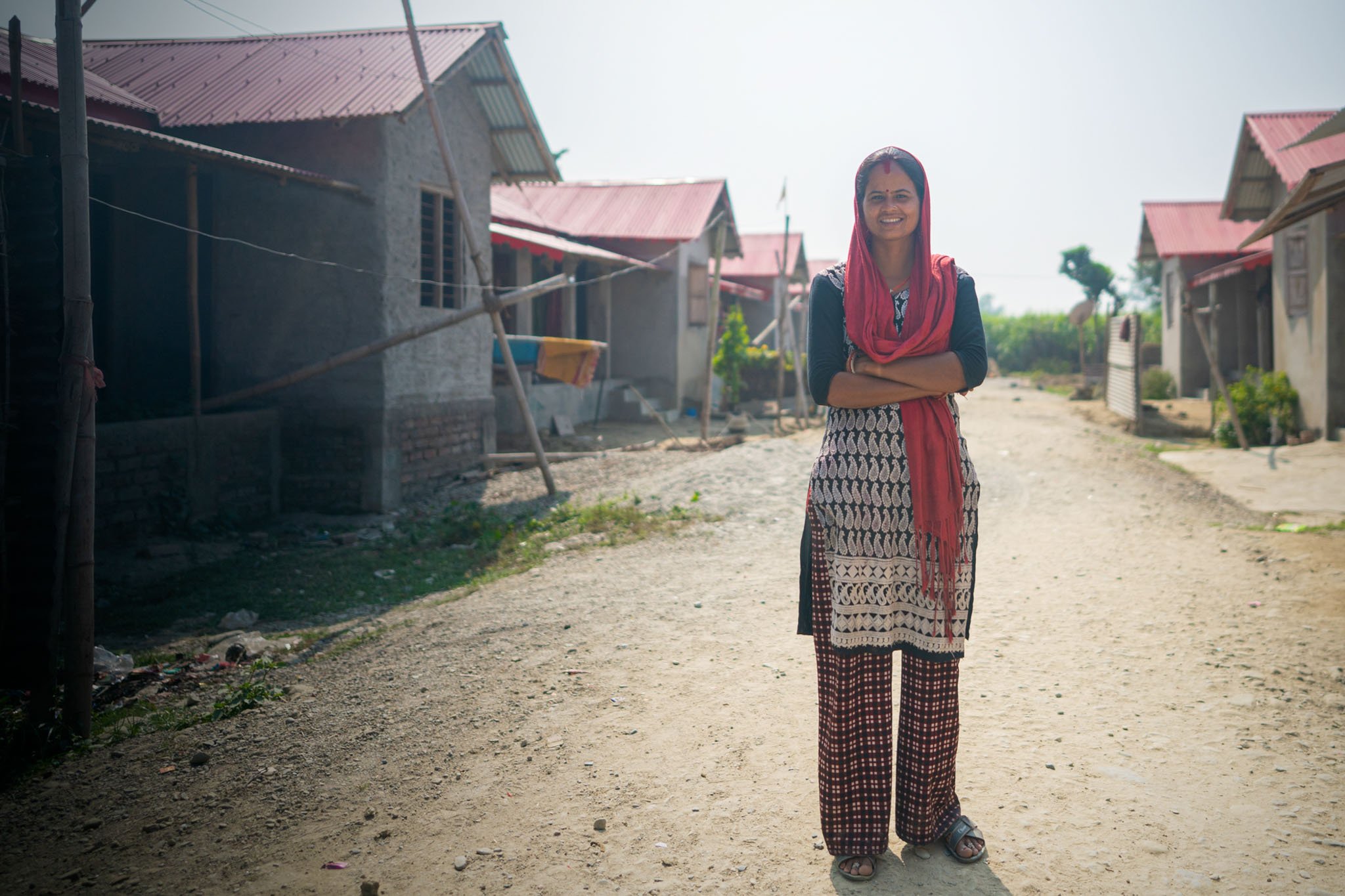
“I used to be afraid in my previous house. In our new home, we will be safe for at least 25 years. There’s nothing to worry about anymore.”
Reshmi Kamath - Charpari Terai, Nepal

Bamboo
The Base Bahay Foundation is a leading global competence center for bamboo construction innovating building solutions and pursuing fundamental research of bamboo as a building material. Building on this know-how, the Base Bahay Foundation develops entire industries aiming to deliver green and disaster-resilient housing focusing on the needs of disadvantaged families - currently in the Philippines and Nepal. This includes enterprise development, financing schemes as well as collaboration with governments on professional codes and standards for bamboo construction. Using its know-how, BASE also supports bamboo entrepreneurs and regulators worldwide in driving bamboo construction as a green alternative to conventional building acitivites.
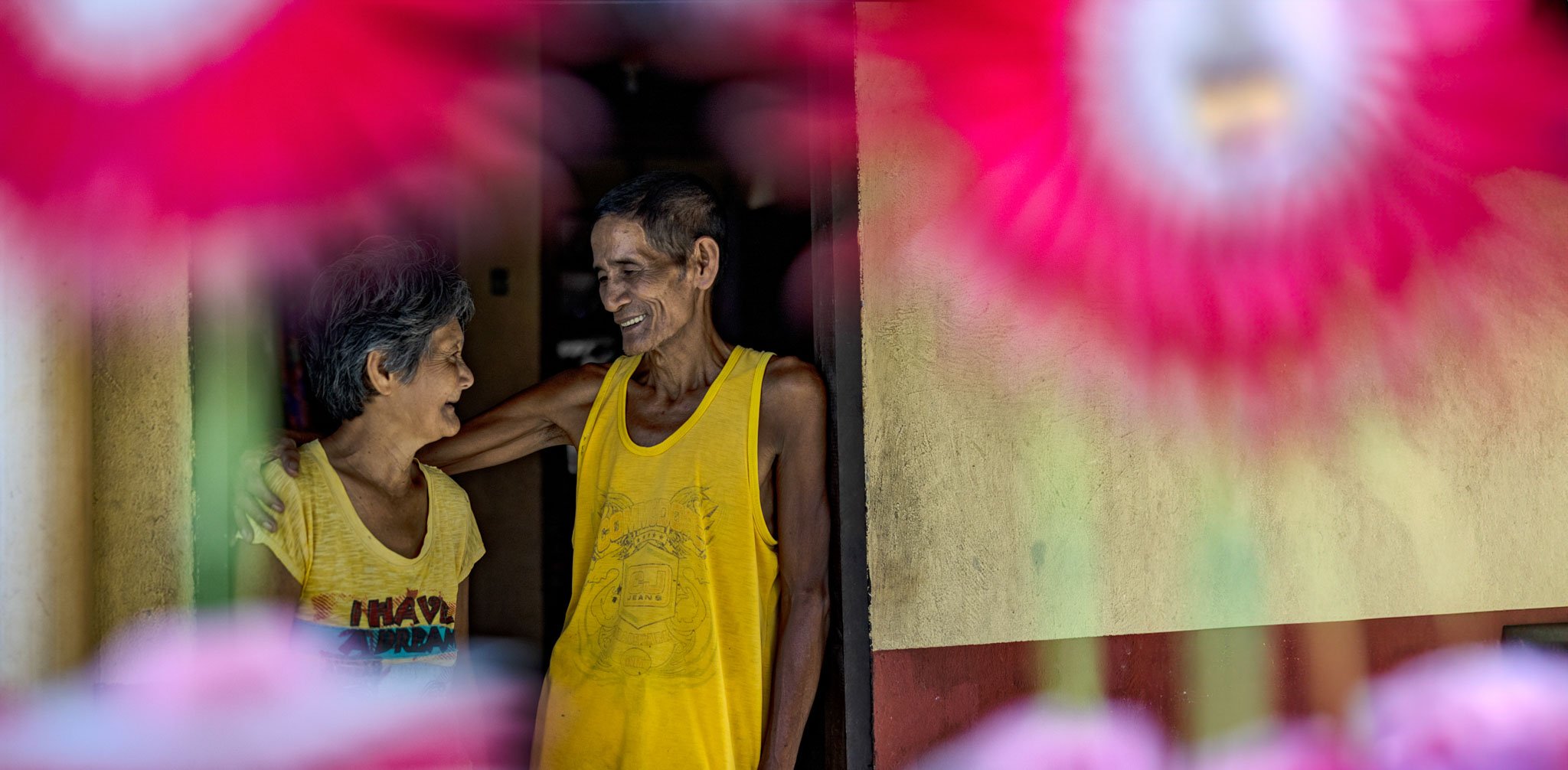
Housing Systems
To create lasting change in the housing sector, we must address all key aspects of the housing challenge. Through our Housing Systems program, we work to develop targeted products and services, establish supply chains into informal neighborhoods, ensure quality of construction practices, facilitate access to housing finance and land, and advocate for targeted policies and regulations. By connecting these elements, we aim to positively impact housing ecosystems in the Global South and ultimately improve the quality of life in vulnerable communities.
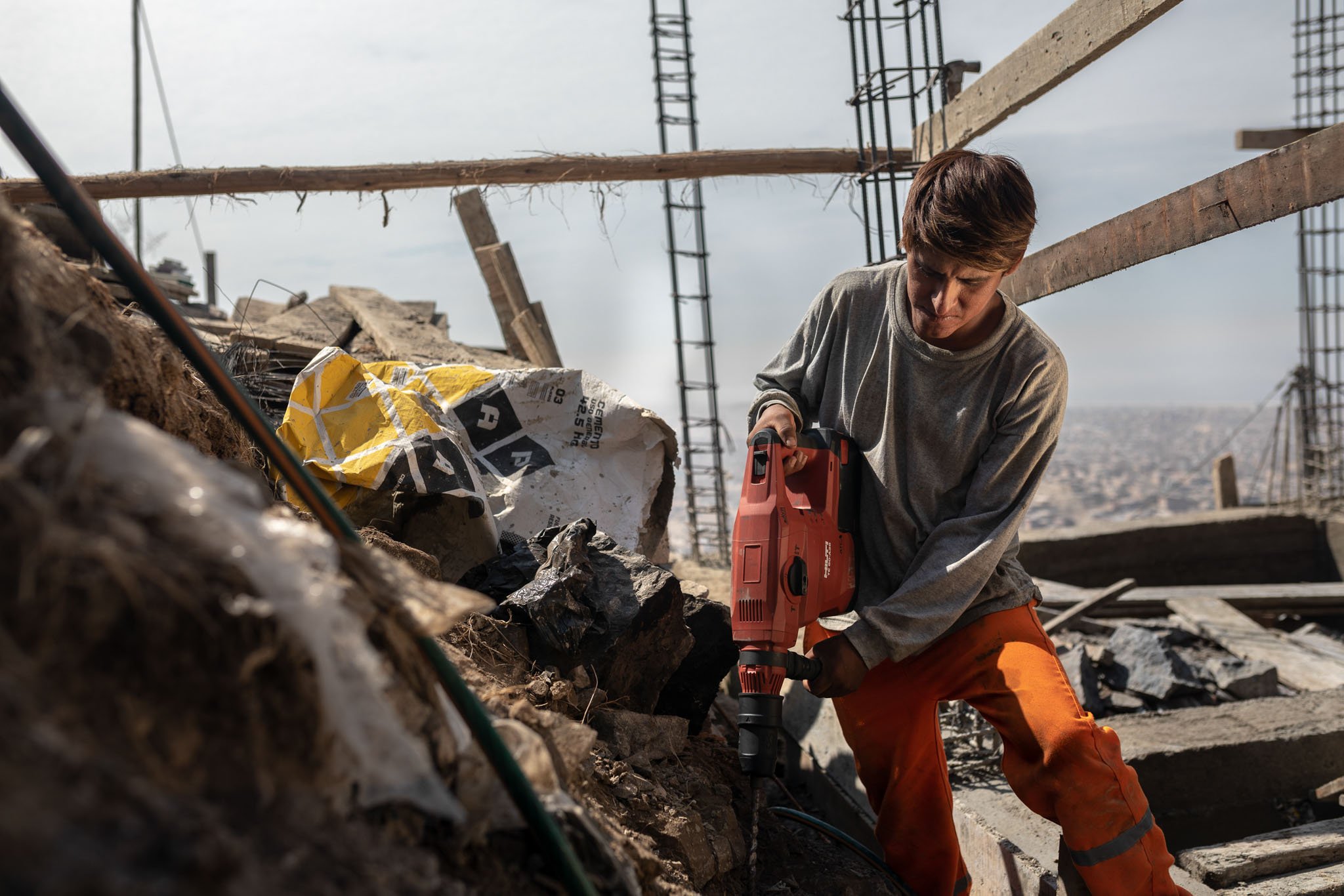
Training the Builders
Ensuring safer housing requires more than just advanced technology; proper implementation is key. In partnership with public authorities and private firms, we raise awareness among self-managed and informal builders about better construction practices using innovative, high-quality building materials. We also integrate certified training programs into their portfolios, ensuring builders are equipped with the skills needed for safer and more effective construction in low-cost environments.

“I used to be afraid in my previous house. In our new home, we will be safe for at least 25 years. There’s nothing to worry about anymore.”
Reshmi Kamath - Charpari Terai, Nepal


